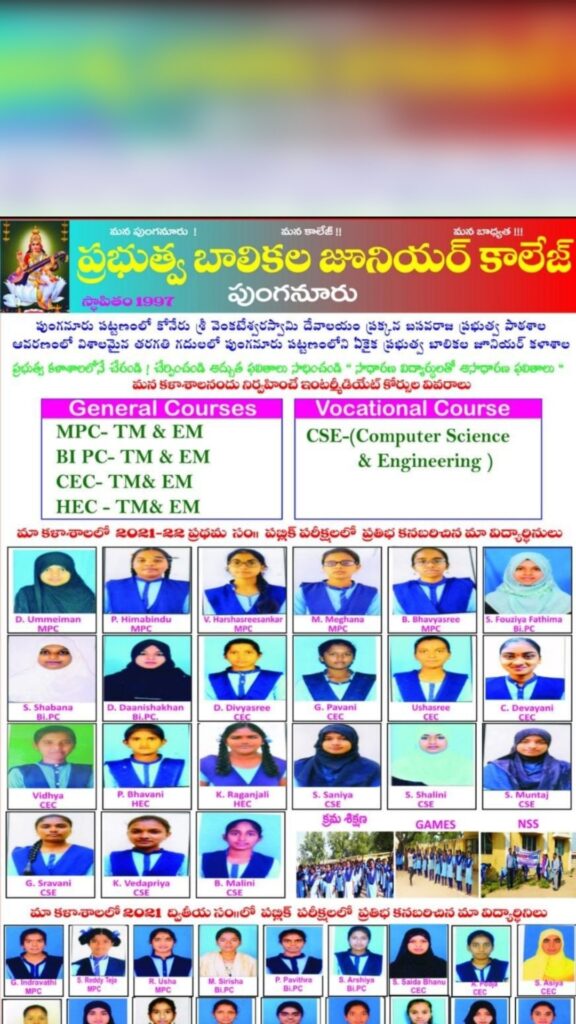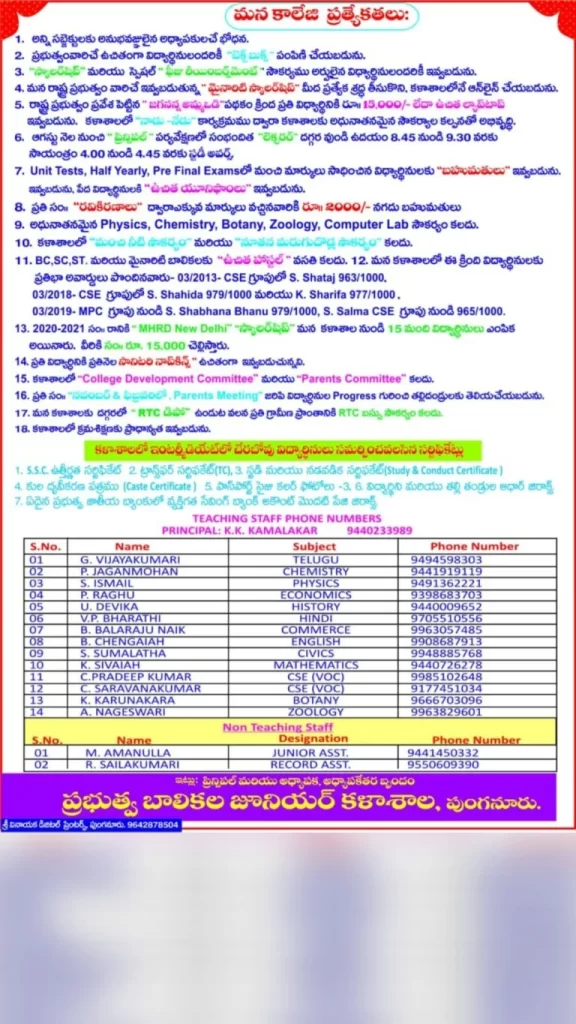
What is database?
A database is a logically coherent collection of data with some inherent meaning, representing some aspect of real world and which is designed, built and populated with data for a specific purpose.
What is DBMS?
It is a collection of programs that enables user to create and maintain a database. In other words it is general-purpose software that provides the users with the processes of defining, constructing and manipulating the database for various applications. 3. What is a Database system? The database and DBMS software together is called as Database system.
4. What are the advantages of DBMS?
- Redundancy is controlled.
- Unauthorised access is restricted.
- Providing multiple user interfaces.
- Enforcing integrity constraints.
- Providing backup and recovery.
- What are the disadvantage in File Processing System?
- Data redundancy and inconsistency.
- Difficult in accessing data.
- Data isolation.
- Data integrity.
- Concurrent access is not possible.
- Security Problems
Describe the three levels of data abstraction? The are three levels of abstraction:
- Physical level: The lowest level of abstraction describes how data are stored.
- Logical level: The next higher level of abstraction, describes what data are stored in database and what relationship among those data.
- View level: The highest level of abstraction describes only part of entire database.
What is extension and intension?
- Extension: It is the number of tuples present in a table at any instance. This is time dependent.
- Intension: It is a constant value that gives the name, structure of table and the constraints laid on it.
What is System R?
What are its two major subsystems? System R was designed and developed over a period of 1974-79 at IBM San Jose Research Center. It is a prototype and its purpose was to demonstrate that it is possible to build a Relational System that can be used in a real life environment to solve real life problems, with performance at least comparable to that of existing system. Its two subsystems are
- Research Storage
- System Relational Data System.
How is the data structure of System R different from the relational structure?
Unlike Relational systems in System R
- Domains are not supported
- Enforcement of candidate key uniqueness is optional
- Enforcement of entity integrity is optional
- Referential integrity is not enforced
What is Data Independence?
Data independence means that “the application is independent of the storage structure and access strategy of data”. In other words, The ability to modify the schema definition in one level should not affect the schema definition in the next higher level. Two types of Data Independence:
- Physical Data Independence: Modification in physical level should not affect the logical level.
- Logical Data Independence: Modification in logical level should affect the view level.
NOTE: Logical Data Independence is more difficult to achieve
- డేటాబేస్ ఆనగా నేమి ? What is database ? జ. డేటాబేస్(Database) : ఒక దానితో ఒకటి సంబంధం కలిగిన డేటా ఉండే టేబుల్స్ యొక్క కలయికనే డేటాబేస్ అంటారు. ఒక సంస్థ లేక ఒక వ్యక్తి తనకు కావలసిన సమాచారాన్ని సేకరించేటప్పుడు ఈ క్రింది జాగ్రత్తలు తీసుకోవాలి.
- ఒక దానితో ఒకటి సంబంధం ఉన్న టేబుల్స్ ను మరియు ఫైల్స్ ను సేకరించాలి.
- ప్రాతః సేకరణ కొన్ని ప్రశ్నలకు సమాధానం ఇచ్చే విధంగా ఉండాలి.
- డేటా బేస్ సాధారణంగా డేటా మరియు మెటా డేటా యొక్క కలయిక .
DBMS అనగా ఏమి?
DBMS అనునది ఒక సాఫ్ట్ వేర్ వాణిజ్య అవసరాలను దృష్టి లో ఉంచుకుని రూపొందించనది. దీని ద్వారా డేటా ఎక్కడ నిల్వ చేయాలి, ఏ విధంగా నిల్వ చేయాలి, టెబుల్స్ మధ్య సంబంధాన్ని తెలుపుతుంది. వీటిలో నిల్వ చేసిన సమాచారం ఆధారంగా యూసర్ అడిగే ప్రశ్నలకు (QUERY) లకు సమాధానం లభిస్తుంది.
DBMS ఉండే వివిధ విభాగాల్ను తెలపండి ?
DBMS లో ముఖ్యంగా 3 ఉప విభాగాలు ఉంటాయి. అవి:
- డిజైన్ పరికరాలు.
- రన్ టైమ్ సౌకర్యాలు
- DMS ఇంజిన్
Instance ఆనగా నేమి ?
ఒక ప్రత్యేక సమయం లో డేటా బేస్ లో నిల్వ చేసన సమాచారాన్ని ఇనస్టాన్స్ అంటారు.


